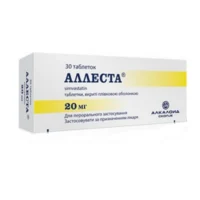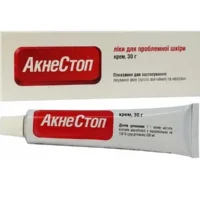Description
Prograf (tacrolimus) Hard Capsules 1 mg. №50
Ingredients
- Active ingredient: Tacrolimus
- Other ingredients: Lactose monohydrate, croscarmellose sodium, hypromellose, and magnesium stearate
Dosage
Dosage: The usual starting dose of Prograf is 0.1 to 0.15 mg/kg/day given in two divided doses. Dosage may vary based on individual patient requirements.
Indications
Indicated for: Prograf is indicated for the prophylaxis of organ rejection in patients receiving allogeneic liver, kidney, or heart transplants.
Contraindications
Contraindications: Prograf is contraindicated in patients with a hypersensitivity to tacrolimus or any component of the formulation.
Directions
Administration: Prograf capsules should be taken consistently either with or without food. The capsules should not be opened or crushed.
Scientific Evidence
Prograf (tacrolimus) has been extensively studied for its efficacy in preventing organ rejection post-transplantation. Research published in the New England Journal of Medicine has shown that tacrolimus-based immunosuppression significantly reduces the risk of acute rejection compared to other regimens.
Additional Information
Pharmacological Effects: Tacrolimus exerts its immunosuppressive effects by binding to the protein FKBP-12, leading to inhibition of calcineurin and subsequent suppression of T-cell activation.
Clinical Trials: A study published in the American Journal of Transplantation compared the efficacy of tacrolimus and cyclosporine in renal transplant recipients and found that tacrolimus-based regimens were associated with lower rates of acute rejection and improved patient survival.





